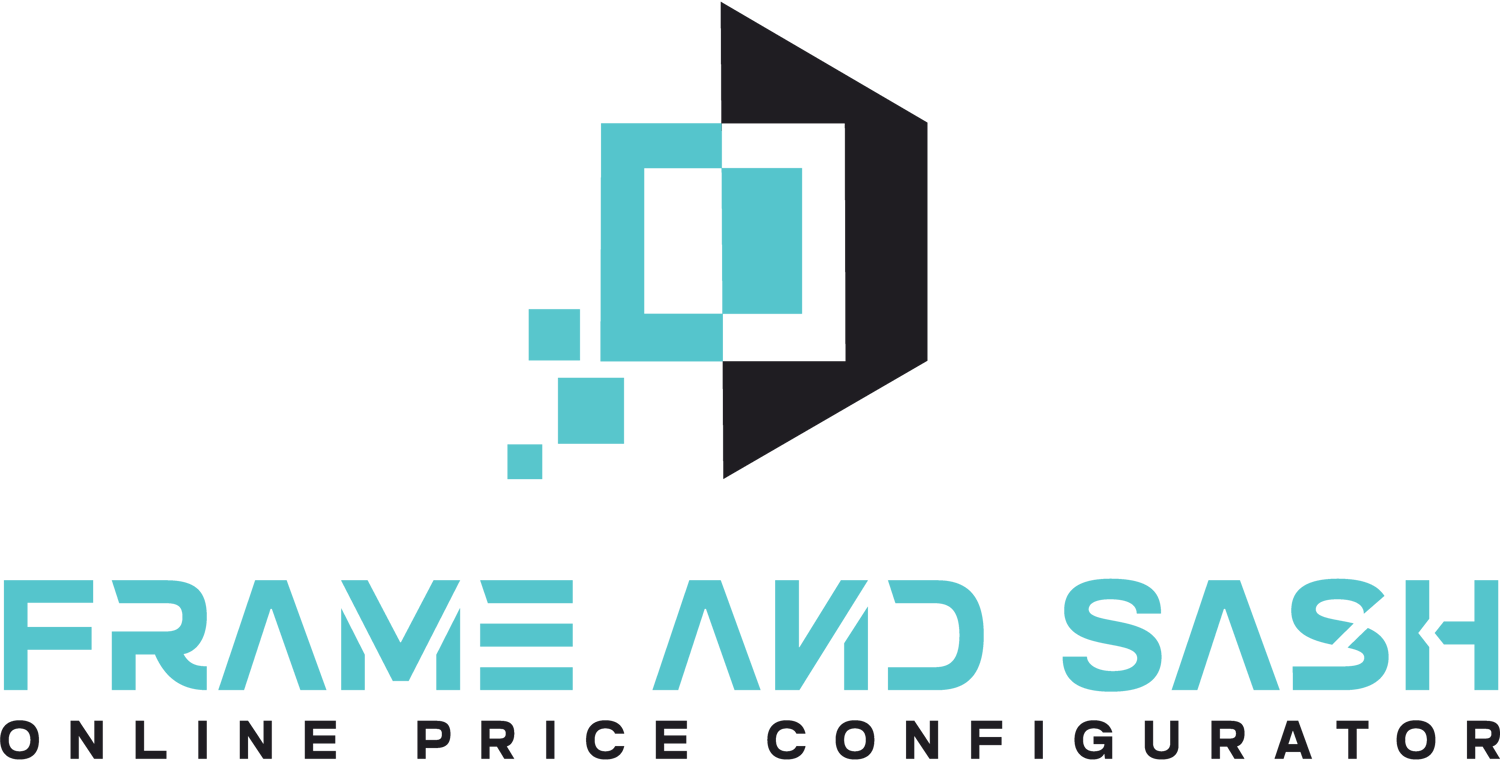In today’s crowded marketplace, success doesn’t come from shouting the loudest—it comes from understanding your customers so deeply that your message resonates like a trusted conversation. To truly see through the customer’s eyes, we must move beyond surface‑level demographics and dive into the real motivations, challenges, and aspirations that drive their decisions. Based on Frank A. Künneke’s April 2025 article “Mit den Augen des Kunden sehen,” here are three proven methods to transform your marketing from generic to genuinely impactful.
⸻
1. Build Living Personas—Fictional, Yet Grounded in Reality
Defining a target group by age, budget, or location is just the starting point. The real magic happens when we create personas—vivid, detailed profiles of archetypal customers that feel like real people.
• Why it matters: A well‑crafted persona bridges the gap between abstract data and human experience. It answers questions like: What keeps Kim Wasmuth up at night? Is she dreaming of lower energy bills, sleek German‑style frames, or flawless installation services?
• How we use it: With each persona, we map a day in their life—where they live, what inspires them, and which obstacles they face. This clarity lets us tailor our messaging: from the photos we choose to the headlines we write, every detail aligns with that persona’s world.
By embracing personas, we don’t just market products—we speak directly to the hopes and pain points of the people we serve.
⸻
2. Shift Perspective—Wear the Customer’s Glasses
Ever tried solving a puzzle while wearing someone else’s glasses? That’s the essence of perspective shift. We consciously step into our customers’ shoes—whether it’s a young couple planning their first home renovation, an engineer securing a multi‑unit project, or a retiree seeking low‑maintenance upgrades—and view every touchpoint from their vantage.
• Why it matters: This exercise reveals blind spots. A brochure that reads well to us may overwhelm a busy project manager; a website that we find intuitive might confuse a tech‑averse homeowner.
• How we use it: In workshops and creative sprints, teams role‑play real scenarios: drafting emails as if we were the customer, critiquing ads from their inbox, or even navigating our own website under timed, “first‑impression” conditions. The result? Communication that feels empathetic, spot‑on, and hard to ignore.
A sustained perspective shift not only deepens our understanding but also unites our team around a shared vision of customer success.
⸻
3. Embrace a Dynamic Process—Know, Understand, Improve
Customer‑centric marketing isn’t a one‑and‑done campaign—it’s a living, breathing cycle of insight and iteration.
• Why it matters: Markets evolve, technologies shift, and customer priorities change. What resonates today may fall flat tomorrow.
• How we use it: We set up continuous feedback loops—customer surveys, on‑site interviews, conversion‑rate analysis, and A/B tests—to gauge what’s working and what needs tweaking. We also revisit our segmentation regularly, factoring in emerging trends like sustainability mandates or smart‑home integrations.
By treating our marketing as an adaptable process rather than a static deliverable, we stay relevant—and reinforce our role as long‑term partners, not one‑time vendors.
⸻
Bringing It All Together
When we see through the customer’s eyes, every marketing decision becomes sharper: our visuals evoke real lifestyles, our copy speaks the language of genuine needs, and our strategies adapt in lockstep with evolving priorities. In the construction and building‑materials sector—where trust, reliability, and performance are non‑negotiable—this empathetic, iterative approach is the key to campaigns that truly land.
Source: Frank A. Künneke, “Mit den Augen des Kunden sehen,” bb‑Serie: Marketing für die Baubranche, April 2025.


